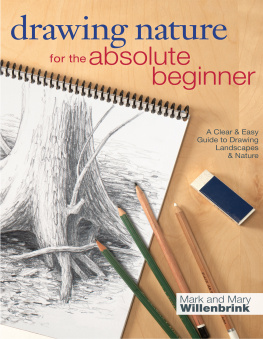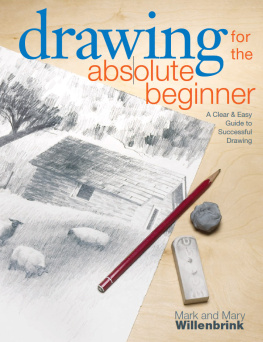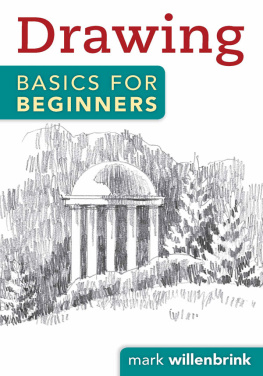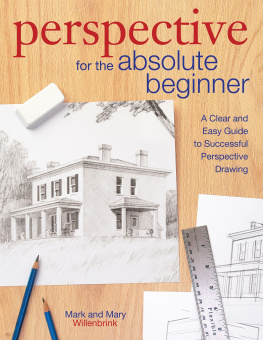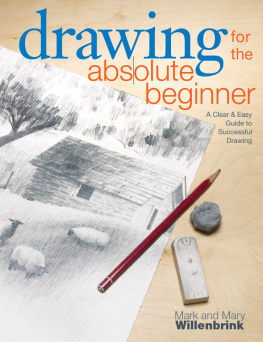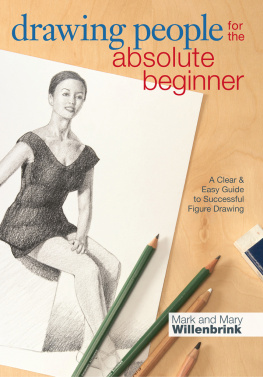Thank you for purchasing this Artist Network eBook.
Sign up for our newsletter and receive special offers, access to free content, and information on the latest new releases and must-have art resources! Plus, receive a coupon code to use on your first purchase from NorthLightShop.com for signing up.
or visit us online to sign up at
http://artistsnetwork.com/ebook-promo
Introduction
Have you ever experienced the peace of walking through the woods or the excitement of a storm gathering on a beach? Artwork provides the ability for us to capture those moments and share them with others.
Combining your love of nature with your interest in art, this book will help you develop the skills necessary for drawing. You will learn the proper tools to use, how to apply techniques to your drawings and make use of some of the tricks professionals use every day. You will also learn basic art principles and develop your observational skills.
Drawing is a skill that improves with practice. Be an active participant while going through this book by taking a sketch pad and pencil with you when you go out to enjoy nature, and consider using a digital camera to collect your own reference photos.
Everyone is an artist, including you, so get ready to have fun!
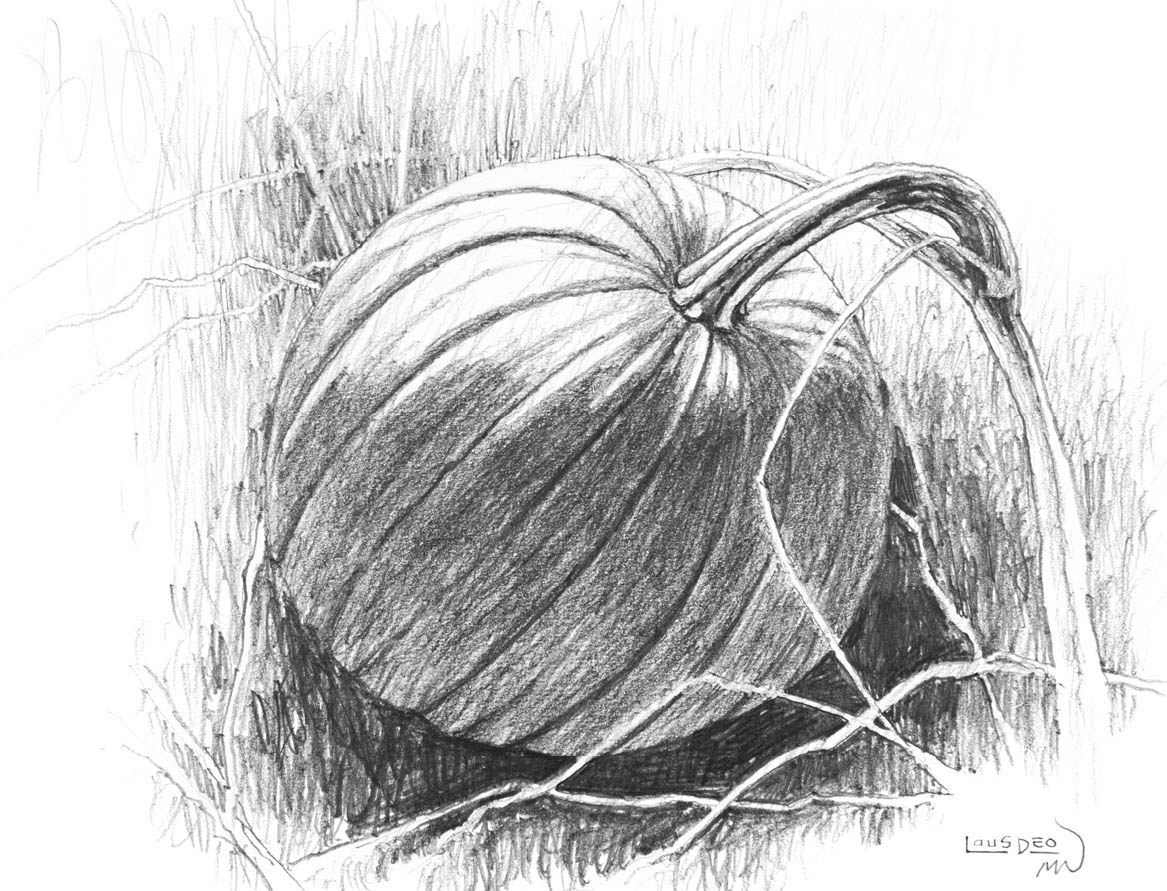
Pumpkin
Graphite pencil on drawing paper
8" 11" (22cm 28cm)
Materials
Pencils
- 2B, 4B, 6B and 8B graphite pencils
Paper
- 9" 12" (23cm 30cm) medium-texture drawing paper
- 9" 12" (23cm 30cm) medium-texture sketch paper
- 9" 12" (23cm 30cm) rough-texture drawing paper
Other Supplies
- angle ruler
- blending stump
- dividers or sewing gauge
- drawing board
- eraser shield
- folding stool
- kneaded and plastic erasers
- lightbox
- masking tape
- pencil extender
- pencil sharpener
- spray fixative
- tote box
- tracing paper
- transfer paper
- value scale
Gather Your Materials
The materials used for drawing nature can be as simple as a pencil and paper, or you may choose a more elaborate outfit. However you choose to equip yourself, it is always good to understand the materials you are using.
PENCILS
The different types of pencils offer different results. Pencils vary with their core and their casing. Though pencils do not contain lead, the core is often referred to as lead.
2B OR NOT 2B
Those numbers and letters stamped onto pencils refer to the hardness/softness of the lead of the pencil. Pencils are labeled with letters referring to their degree of hardness or softness. H is for hard lead, B is for soft lead, and F and HB pencils are in between the hard and soft categories. The numbers refer to how hard or soft the lead is within that letter range; the higher the number, the more noticeable the characteristic. This means that a 4H pencil has a harder lead than a 2H pencil, whereas a 4B pencil has a softer lead than a 2B pencil.
Hard lead pencils keep their point longer, but cant make rich darks compared to soft lead pencils.
When choosing what pencils to use for a drawing, keep in mind that you may only need two or three pencils to achieve a range of light and dark linework.
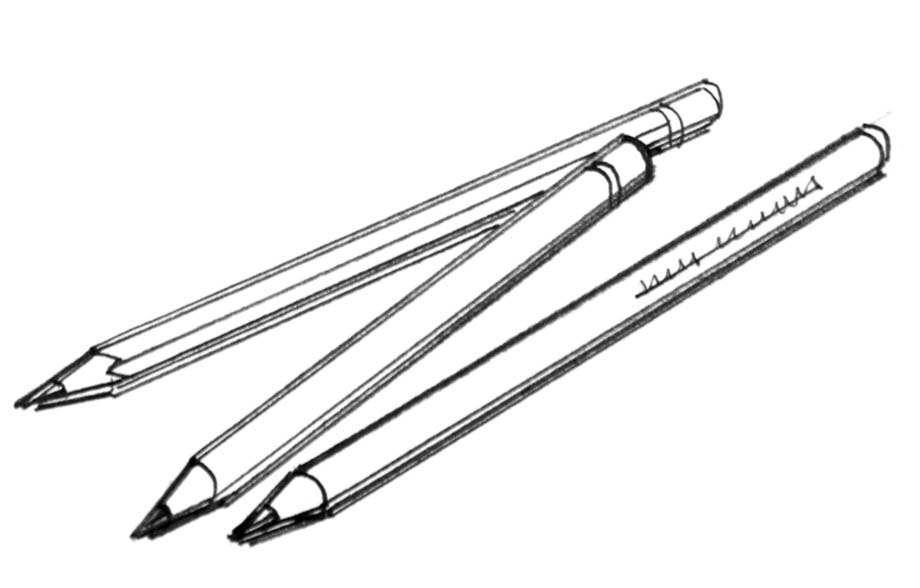
Graphite, Carbon and Charcoal
Graphite is commonly used as a core, as are carbon and charcoal. Graphite offers controlled results if you want to achieve extreme darks. Carbon or charcoal can be used, though these two types are easier to smear.

Hard or Soft
Hard lead pencils may stay sharp longer, but cant make rich darks like the soft lead pencils.
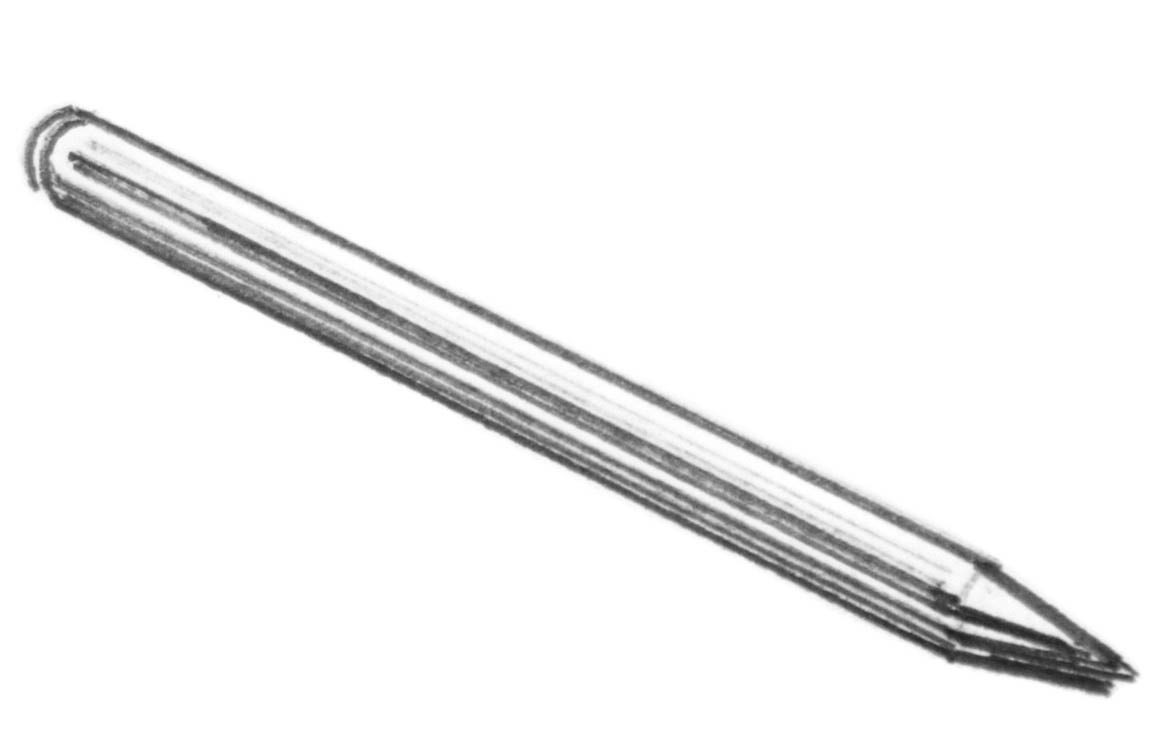
Woodless Pencils
These types of pencils have no outer casing, just an outer layer of lacquer that covers the graphite core. Because the core is so broad, wide line strokes are possible. Since there is no outer casing, woodless pencils are prone to breaking.
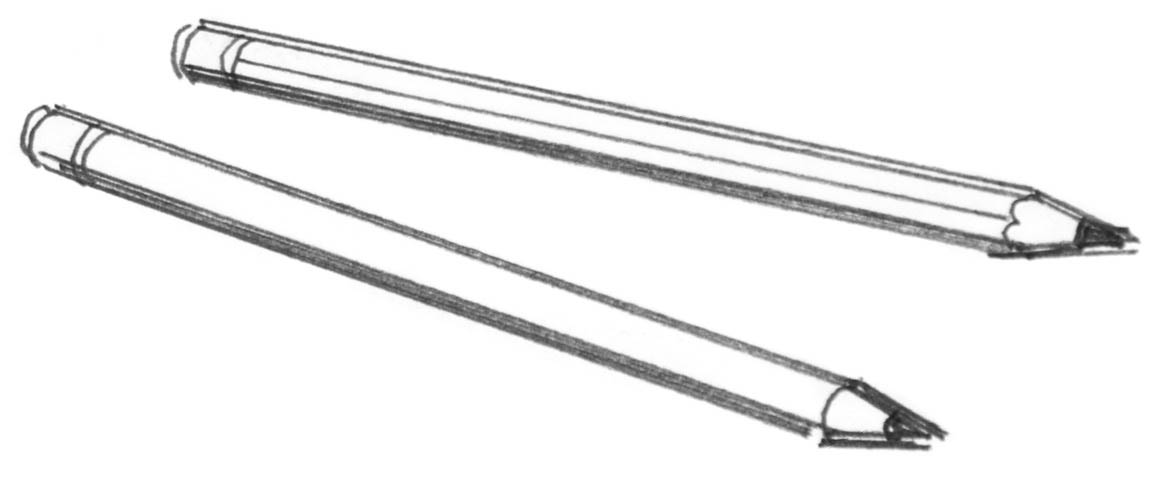
Colored and Pastel Pencils
Colored pencils offer a broad range of colors, including grays, white and black, but can be waxy and difficult to erase. Pastel chalk pencils are softer and easier to erase than standard colored pencils while still providing the many color options.
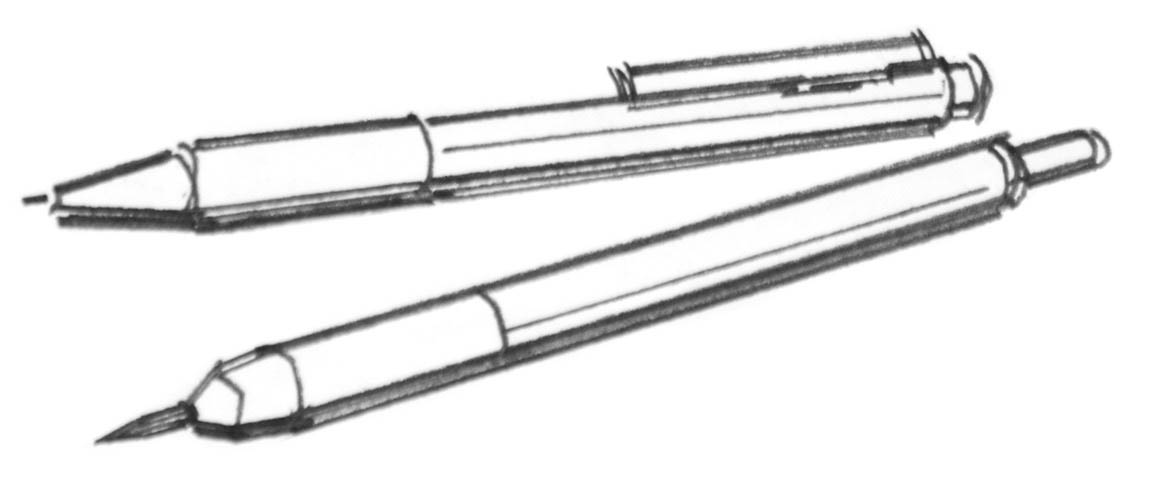
Mechanical Pencils and Lead Holders
Mechanical pencils are convenient to use but will only produce narrow line strokes because the graphite lead is so thin. Lead holders can hold a thicker piece of lead than other mechanical pencils, so they are able to produce wider strokes. Though lead holders are similar in appearance to traditional wood pencils, their lead is more apt to break if too much pressure is applied during use.
Paper
Weight, content, surface texture, size and format are all considerations when choosing sketching and drawing paper. Gray and colored papers are also options and can work as the middle value of a drawing. In that case, add the lighter and darker values with charcoal, pastel or colored pencils.
WEIGHT
Differences of paper weight are noticeable in the thickness of the paper. The heavier the weight, the thicker the paper. Sketch paper is typically thinner than drawing paper with a weight of around 50 to 70 lbs. (105gsm to 150gsm). Drawing paper usually weighs 90 lbs. (190gsm) or more for the purpose of withstanding erasing and heavy pencil pressure.
CONTENT
Paper is made from wood pulp (cellulose) or cotton or both. Paper made with wood pulp has acid, which causes yellowing with age. Cotton is acid free, which means the higher the cotton content of the paper, the less prone it will be to yellow over time.
SURFACE TEXTURE
Also referred to as tooth, the surface texture of paper may be smooth or rough, or somewhere in between. Smooth paper works well for a detailed graphite drawing whereas rough paper is good to use when drawing with soft pencils such as charcoal and pastel.

